Variegated Yellow Archangel Removal & Control

The overview
Common Name: Variegated yellow archangel
Latin name: Lamiastrum galeobdolon argentatum
In Detail
- The plant is thought to have escaped from gardens in the 1970’s, its origins are unknown but it is likely to be a further subspecies of Yellow archangel.
- Spread of the plant is through seed and long creeping runners which from roots at the nodes, these runners smother other vegetation forming dense patches of growth.
- Each plant can produce up to 800 seeds.
Images supplied by GBNNSS
Who we help
We have a long track record of managing some of the most complex sites in the country and have worked with the Environment Agency on several large flood alleviation projects, as well as providing advice to the majority of house builders and developers in the UK.
Click here to view who we help







Identification
- An erect hairy perennial. The green variegated leaves have characteristic and distinctive silvery patches, they are hairy with toothed edges, growing in opposing pairs to a length of 4-7cm. In cooler conditions, the centre of the leaves can appear purplish in colour.
- Flower are yellow in colour, and like other deadnettle species, the flowers are lipped and hooded. The plant flowers from April to June. The flowers are self-fertilised or cross pollinated by insects.
- The plant prefers shadier areas but will grow in numerous habitats including gardens, woodland and woodland edges and hedgerows.
What’s the problem?
- Variegated yellow archangel is a non-native species with widespread distribution over much of the UK, the plant is particularly prevalent in the South West of the country.
- The plant spreads by seeds and by long runners which root at the nodes. Spreading quickly it can outcompete native species forming dense mats of growth.
- It is thought that this subspecies can hybridise with other native subspecies changing native population genetics.
What are the Legal Implications? *England
- Listed as a Schedule 9 species under the Wildlife and Countryside Act 1981, it is an offence to plant or allow to spread into the wild
- Offences under the Wildlife and Countryside Act 1981 can result in possible fines and prison sentences,
- It is not an offence to have Variegated yellow archangel on your land and you do not need to notify anyone on its presence,
- Soils containing the plant are classified as controlled waste and should be disposed of at licensed landfill.
Control Methods
Mechanical Control
- The plant is shallow rooting and can be mechanically removed although care should be taken to remove all of the plant material as the runners easily break up when disturbed and have the potential to propagate new colonies.
- Waste materials containing the Variegated yellow archangel are considered ‘controlled’ waste and must be disposed of appropriately.
Chemical Control
- Herbicide application can successfully control the plant. Applications of herbicide should be made while the plant is actively growing to ensure maximum effectiveness.
When treating large areas, a suitable grass and forb mix should be sown to prevent bare ground and colonisation of other unwanted species.
If you have concerns over Variegated yellow archangel species on your land, if you are unsure of your legal responsibilities, or, if you would like a quotation for control, please contact one of our specialist surveyors. Treatment costs start at £380.00 + VAT.

Where we have worked
We operate nationwide with a Rapid Response Team on standby 7 days a week, to deal with the most urgent client enquiries.
We’re a dedicated team of professionals who share a great deal of experience. We invest heavily in the continual training of all our employees, ensuring you always have a highly qualified team working on your project with the latest industry accreditations.
Our process
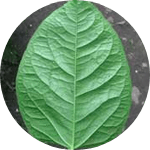
1. Identify
Our first step is to identify if you have an invasive plant. For a quick ID, you can send us some photos. Alternatively, we can carry out a full site survey to confirm the extent of the infestation.
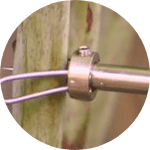
2. Solution
We will provide a range of treatment options individually tailored depending on your site requirements.
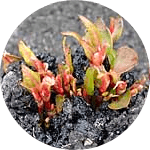
3. Quote
A detailed breakdown of costs for each phase of treatment will be provided, including on-going monitoring programmes with insurance backed guarantees.
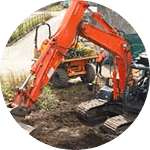
4. Removal
Our experienced and professional in-house teams will carry out the treatment to the highest of standards to achieve full eradication. All works are carried out in accordance with the INNSA Code of Practice.
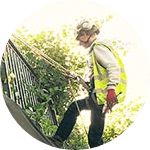
5. Treatment
A range of treatment solutions are available, from in-situ herbicide application to excavation and removal or burial. All carried out in-house by our experienced team.

